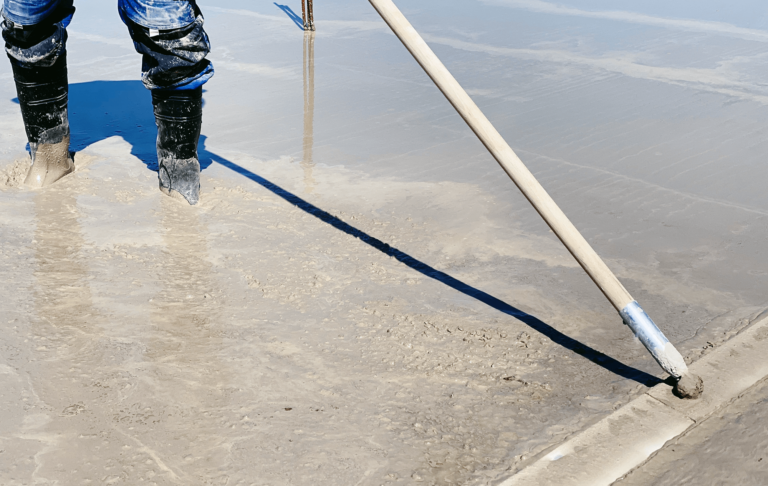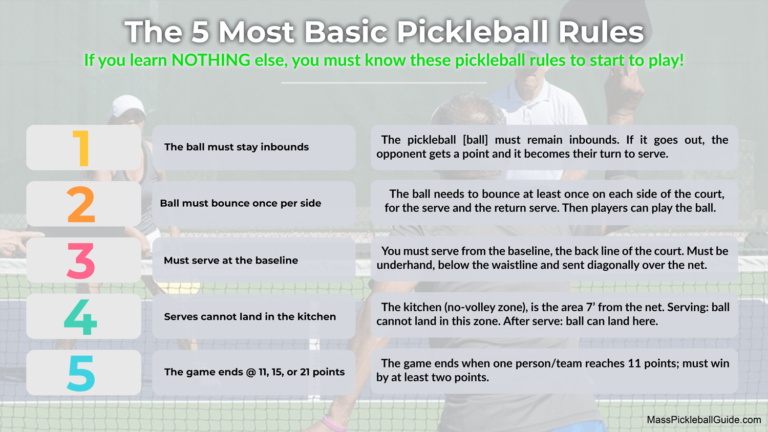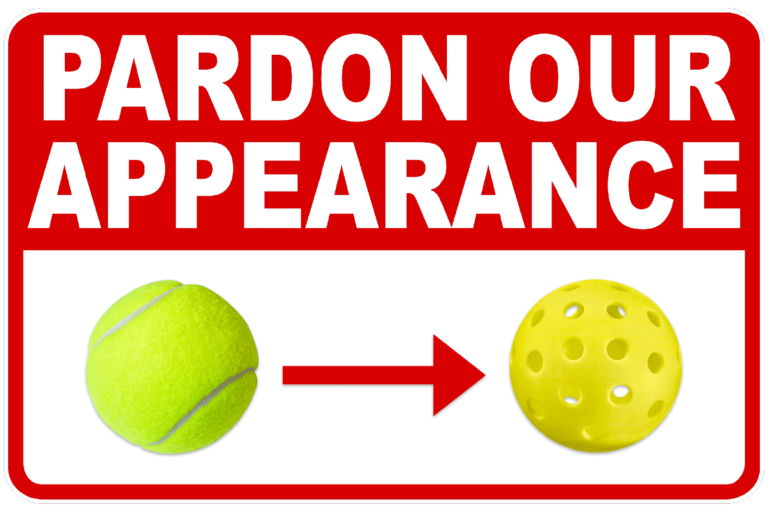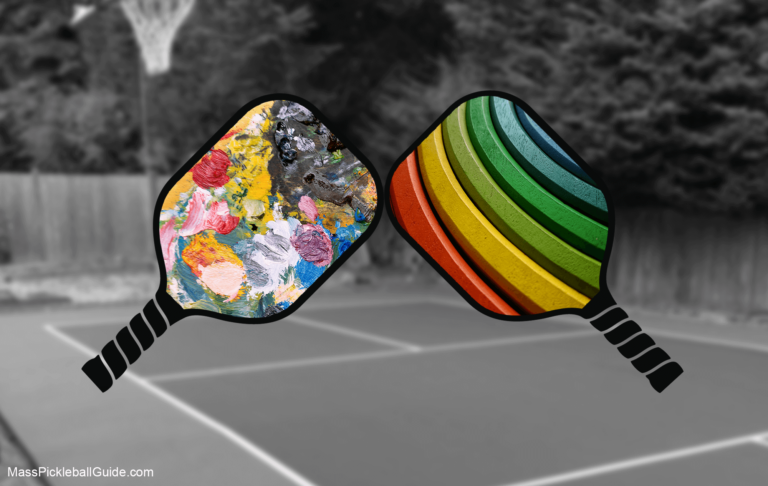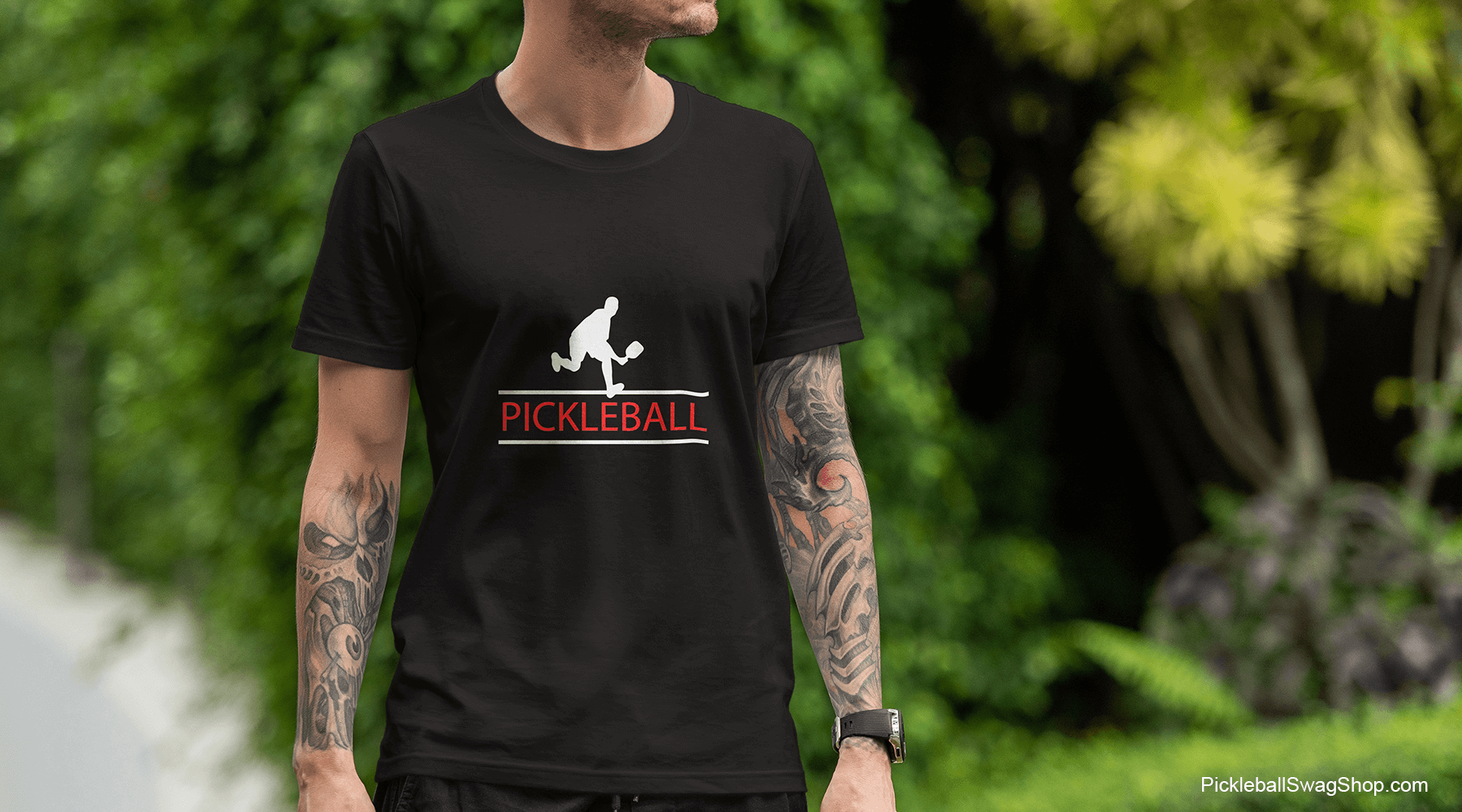Unpacking the intriguing pickleball kitchen rules
the most basic rule of pickleball
If you’re just stepping into the world of pickleball, it’s crucial to learn some key rules, especially about the peculiarly named “kitchen” – officially known as the Non-Volley Zone (NVZ). This article will help you navigate these kitchen rules effortlessly and put you on the fast track to becoming a seasoned player.
In this article, we’ll discuss:
- The purpose of the pickleball kitchen and its role in the game.
- The key rules of the kitchen and when you can step in.
- Tips to avoid common kitchen faults and optimize your gameplay.
- Historical insights and the importance of these rules in pickleball.
What is the Kitchen in Pickleball?
Named with a dash of humor, the ‘kitchen’ refers to the 7-foot zone on both sides of the net in a pickleball court. It is also called the Non-Volley Zone (NVZ). The terminology is interchangeable. The kitchen rules bring a unique twist to the game, making it less about power and more about strategy and placement.
But why?
You’ll see by the simple rules below, but the biggest reason is that you cannot volley in the kitchen. Get it? That’s why they call it the non-volley zone.

Decoding the Kitchen Rules
Rule 1: No Volleys in the Kitchen
There are not that many rules in pickleball, and the most basic rule of the kitchen is that a player may not volley a ball while standing in the kitchen. The ball must bounce once before you hit it if you are inside the kitchen. This prevents players from aggressively smashing the ball at the net, thus leveling the playing field for players of all ages and abilities.
Rule 2: Stepping into the Kitchen
A common question: “When can I step into the kitchen in pickleball?” You can enter the kitchen at any time during play if you do not volley the ball. This includes when the ball bounces in the kitchen and you wish to let it bounce again outside the kitchen.
Another question: “Can you step into the kitchen before the ball bounces?” Yes, you can, but remember that you can’t volley the ball in the kitchen or even follow through into the kitchen after a volley.
Rule 3: The Kitchen Follow Through Rule
Players cannot follow through into the kitchen after a volley. If you volley the ball while standing outside the kitchen and your momentum carries you into the kitchen, it’s considered a fault. Then the other team gets a point. Even the most inexperienced platers will pick up on this and call you out.
See also the 7 most forgotten pickleball rules.

Exploring Pickleball Kitchen Rules: Questions Answered

Tips for Playing in the Kitchen
- Stay Light on Your Feet: This could be said for any rule of pay in pickleball but having quick feet can help you get in and out of the kitchen swiftly, reducing the chance of committing a fault. Just don’t sprain an ankle or twist your back while moving about in pickleball.
- Master the Soft Game: Developing a soft touch is key for shots in the kitchen. Practice dinking – a soft shot that arcs over the net and lands within the non-volley zone of the opponent.
- Practice Patience: Waiting for the ball to bounce before striking it when you’re in the kitchen can be challenging, but it’s vital to avoid committing faults.
Common Mistakes to Avoid in the Kitchen
- Avoid Unnecessary Kitchen Visits: Entering the kitchen unnecessarily can restrict your shot options and make you vulnerable to your opponent’s attack.
- No Volleying in the Kitchen: This is the golden rule. Remember, no volleying when you’re in the kitchen.
- Watch Your Follow Through: Be mindful of your momentum after volleying. Ensure it doesn’t carry you into the kitchen.
Historical Significance and Impact of Kitchen Rules on Gameplay
The kitchen rule in pickleball has been a part of the game since its inception in 1965. This unique rule was added as strategic component to the game and made it accessible to people of all ages and physical abilities.
The very early courts included a “no volley zone,” which prevented players from smashing the ball from near the net. This made the game more challenging and strategic. This zone later came to be commonly known as the “kitchen.”
The rule has been tweaked over the years. The term “non-volley zone” was eventually adopted, and rules regarding player momentum were clarified. Case in point: a player cannot volley a ball while stepping into the kitchen, even if the ball was struck outside the zone.


